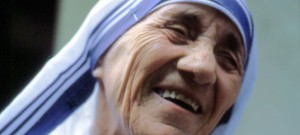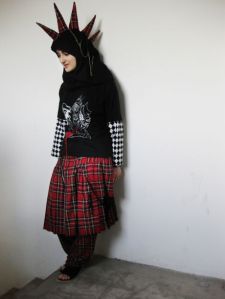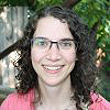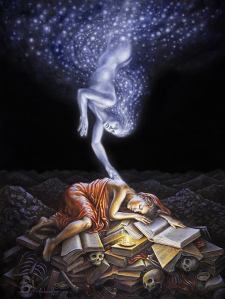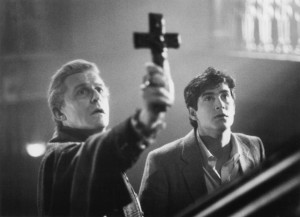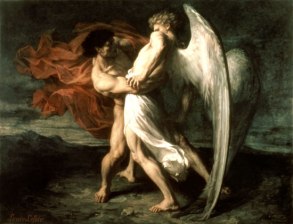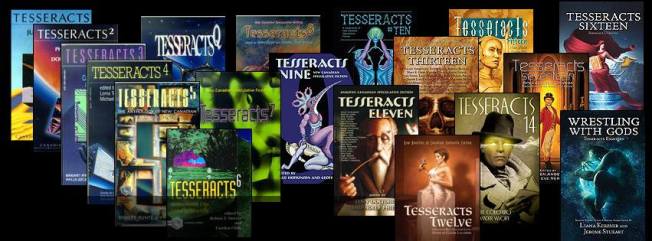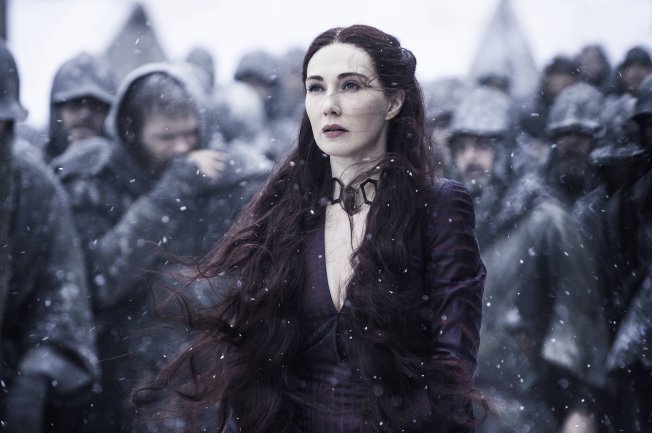Recently, I started teaching a course that looks at the character of Jesus when he shows up in S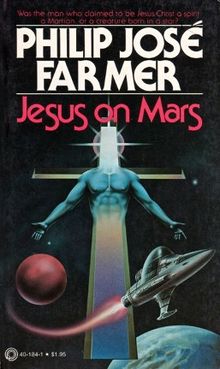 cience Fiction. Currently the course is only 6 weeks long and only taught at the UDLLI, the University of Dayton’s Lifelong Learning Centre for Senior Adults. We are using the following short stories and novels in the course, and I will be placing the blogposts of the course here on Wrestling With Gods website because it’s become a great place to talk about religion and faith as it appears in science fiction and fantasy.
cience Fiction. Currently the course is only 6 weeks long and only taught at the UDLLI, the University of Dayton’s Lifelong Learning Centre for Senior Adults. We are using the following short stories and novels in the course, and I will be placing the blogposts of the course here on Wrestling With Gods website because it’s become a great place to talk about religion and faith as it appears in science fiction and fantasy.
What happens to Biblical Jesus when the narrative is continued into the future? Is it subverted? Are writers appropriating Christianity to rewrite it and rob the narrative of its miracle, or do they instead seek to expand the notion of Jesus to its infinite possibility? How does Jesus fare in science fiction and what can we learn about faith when science fiction writers write about him? We look first at the life of Jesus in the Gospels to ground us in the ur-text, try to gather the importance of him as a character and iconic figure in history, culture and religion. How is Jesus relevant in the future? Then we look at how authors extrapolate the future of faith, or seek to tweak history, just a bit, to get the savior they want, and perhaps we can better see what kind of culture we are in the face of our chosen Saviour.
Come follow along with us here as we examine Jesus(es). Already the class has been exciting as these students know a lot about religion, specifically Judaism and Christianity (UD is a Catholic institution) and many retired professors attend these classes for fun (they also can be quite mischievous).
The works we’re going to explore, and I will detail in blogposts are the ones below, and after the course is finished and the works looked at in the course, I will continue posting on the books and stories we didn’t get to. Always I’ll have the Jesus in SciFi heading so you can follow along if you like:
The Works to Look at–and I will suggest places where you can get these works.
To get us oriented on Jesus the character in the Bible:
Jesus: the Face of God Jay Parini
Then:
“The Man” Ray Bradbury from The Illustrated Man
“Mecha-Jesus” Derwin Mak from Wrestling With Gods
“So Loved” Matt Hughes from Wrestling With Gods
“The Rescuer” Arthur Porges
“The Traveler” Richard Matheson
“The Real Thing” Carolyn Ives Gilman
“Let’s Go to Golgotha!” Garry Kilworth
“The Gospel According to Gamaliel Crucis” Michael Bishop (a longer work I may not use)
“Jesus Christ in Texas” W.E.B Dubois (which isn’t exactly Science Fiction, but may prove useful in this study)
Then two novels:
Behold the Man, Michael Moorcock,
Jesus on Mars Philip Jose Farmer
If we have time, “Farewell to the Master,” Harry Bates—Which becomes The Day the Earth Stood Still. This would be delightful to show to students in a longer class. To read the short story and then watch both films. Again, this isn’t QUITE Jesus, but there is a strong lean towards the character.
I can also see adding these works to the syllabus for a longer class:
The Man Who Died DH Lawrence
Jesus Christ, Animator Ken MacLeod
All Star Superman Grant Morrison
Jesus Christs AJ Langguth
Only Begotten Daughter James Morrow
If you have suggestions on stories, poems, or novels to add to this list, let me know. Specifically we are NOT covering characters who merely have a “savior-esque” quality to them, or those that have a martyr motif–or we’d get Neo from the Matrix, Starman, etc. I want to look at places where characters are for all intents and purposes supposed to BE Jesus.
